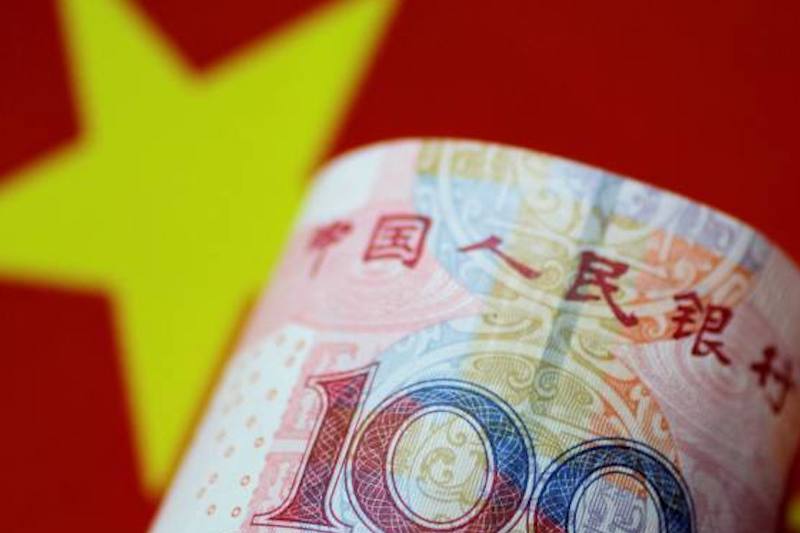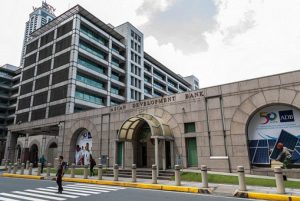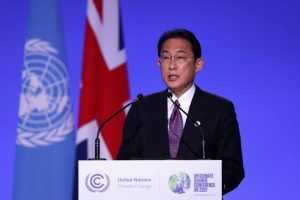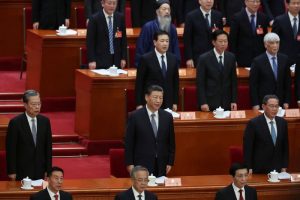Emerging East Asia’s bond market grew 3.4% in the third quarter to $21.7 trillion, according to the latest Asia Bond Monitor, released on Friday by the Asian Development Bank (ADB).
Bond yields rose, currencies weakened, and risk premiums edged up amid increased global inflation and the US Federal Reserve’s announcement that it would limit bond purchases starting in November, according to the report.
“The encouraging macroeconomic outlook and accommodative policy stances are supporting the region’s financial conditions,” the ADB’s acting chief economist Joseph Zveglich said.
“However, central banks in the region may find they need to be less accommodative to keep inflation in check and to keep in step with US monetary policy changes.”
He said the chance of another “taper tantrum” is limited as the direction of the Fed is more clearly communicated and the region’s economic fundamentals remain strong.
The monitor’s coverage comprises the China, Hong Kong, Indonesia, South Korea, Malaysia, Philippines, Singapore, Thailand and Vietnam.
Government Bonds Dominate
Government bonds remained the dominant segment, increasing 3.9% from the previous quarter to $13.6 trillion. China’s bond market grew 12.6% in the third quarter from a year earlier to $1.9 trillion, while South Korea posted 7.6% expansion.
The Association of Southeast Asian Nations (ASEAN) members grew 14.4% as ASEAN bond markets showed sound capacity during the pandemic, evident in low bond yields amid rapid market expansion.
Domestic financial institutions, particularly banks, anchored bond market functioning. At the same time, a few ASEAN central banks facilitated market liquidity and government financing via asset purchasing programmes. Mid- and long-term bonds account for a majority of outstanding bonds in ASEAN bond markets, implying a relatively stable financing structure.
Sustainable bond markets in ASEAN plus China, Hong Kong, Japan and South Korea totalled $388.7 billion, remaining the largest regional sustainable bond market after Europe and accounting for 19.2% of global sustainable bond markets at the end of September.
Green, social, and sustainability bonds accounted for 71.6%, 13.0%, and 15.3% of the region’s sustainable bonds outstanding, respectively.
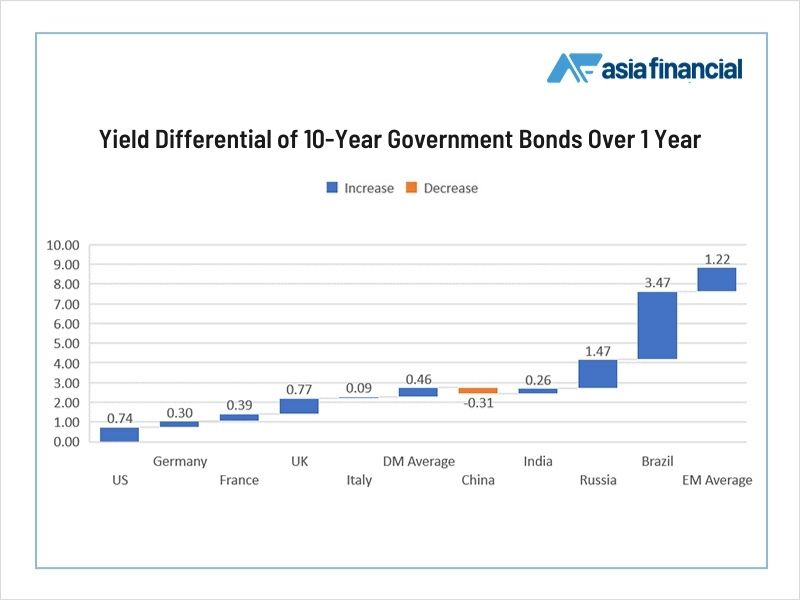
- George Russell
READ MORE:
China Property Bonds Bounce Back, But Evergrande Misses Out
China Bank Bonds Resilient Amid Contagion Risk: Index Insights




